Safe storage of hazardous substances is crucial if you want to remain compliant with COSHH (Control of Substances Hazardous to Health) safety legislation.
What is a hazardous substance?
A hazardous substance can avail many property types including flammability, explosiveness, corrosiveness, or toxicity.
The most common form of hazardous substances are liquids (chemicals, fluids, etc.) and dust that is breathed, but there are a range of other ways that these hazardous substances can enter the human body and cause harm. A hazardous substance can harm a person’s internal or external health and well-being. The repercussions might range from irritation to death. If your workplace has any dangerous substances, you have a strong health and safety requirement to store them safely and correctly.
How should hazardous substances be stored?
Under the COSHH legislation requires that hazardous compounds be stored in a way that minimises risk and exposure. This aids in the protection, health, and safety of those on-site, as well as the protection of the environment. Process spaces, workrooms, and labs should all have specific storage spaces for COSHH substances.
There are 15 key steps that should be followed when storing hazardous substance.
- Carefully read the safety data sheet (SDS) or label and follow any specific storage instructions.
- Protect the chemicals from unauthorised access and use.
- On-site chemical storage should be kept to a bare minimum. Ascertain that all substances are properly labelled and that the labels are in good condition.
- Allow no chemicals to meet the sun, extreme heat, or ignition sources.
- Provide adequate ventilation (ideally kept in a secure outdoor location).
- Label shelves and cupboards to ensure that chemicals are kept properly.
- Placards should be used whenever necessary.
- Ascertain that unambiguous segregation plans are followed. Compounds must be kept separately to prevent incompatible chemicals from mixing in the event of a spill.
- Maintain the cleanliness of the containers' exteriors and the storage space.
- To avoid contamination in the case of a leak, do not keep liquids over solids.
- Corrosives should always be stored in spill trays.
- Make sure the shelves are not too full.
- Unless flammable liquids have been changed, i.e. spark-proofed, never keep them in refrigerators or freezers.
- Separate incompatible substances that may cause a harmful reaction if they were stored together. It is important to use both primary and secondary methods of containment in order to prevent leaks and spills which could then harm the environment.
- Appropriate signage should also be used and is required under the Health and Safety (Safety Signs and Signals) Regulations 1996
Are you wearing the correct PPE when dealing with Hazardous Substances?
Every year, thousands of workers fall ill due to hazardous substances.
Employers are responsible for taking effective measures to control exposure and protect health.
A thorough COSHH risk assessment of the workplace in question to evaluate the presence of hazardous chemicals and materials. Once a robust chemical safety plan is in place, the appropriate PPE can then be providing to ensure minimal risk to employee’s personal health.
Appropriate PPE includes.
Hyde Park can provide essential PPE to assist you.
What happens in the event of a spill or leak?
To help comply with regulations where there is a potential for meeting hazardous substances, employers need to provide for immediate remedial action and an appropriate emergency response.
Workplace must ensure they provide the appropriate measures and equipment.
- Spill response training
- Appropriate equipment which can be provided in spill kits.
- PPE
For more information on how to store hazardous substances visit HSE website.
At Hyde Park Environmental we are creating a brighter future through environmental safety for industry. We offer safe, secure, and compliant equipment including PPE, spill kits and COSHH compliant storage to help you ensure you meet regulations and work safety. Check out our website.








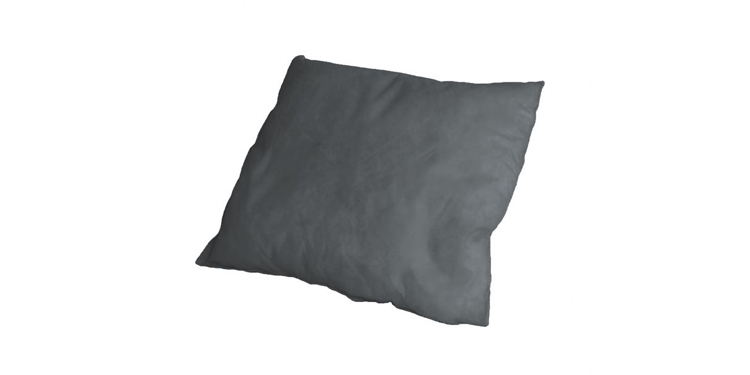
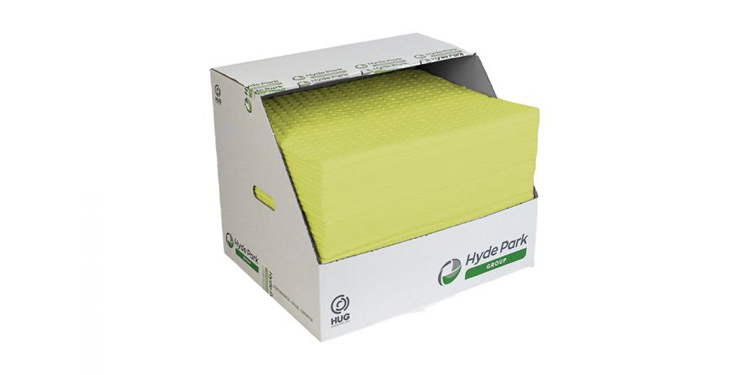
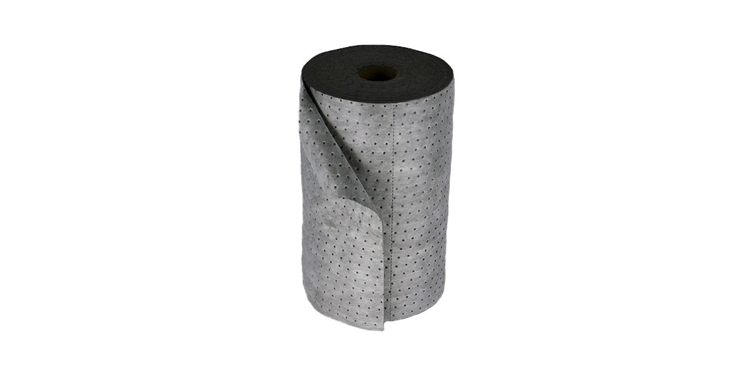

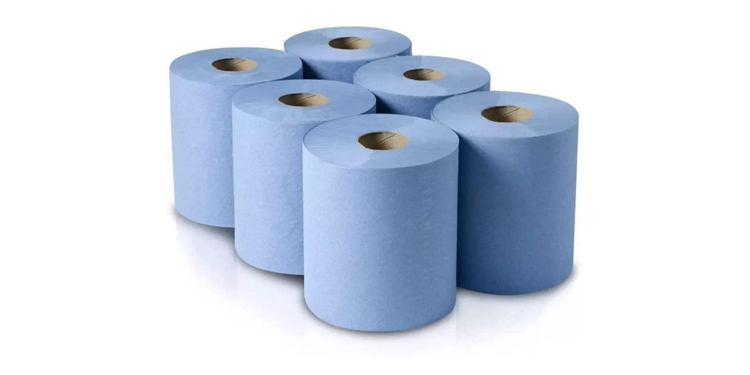
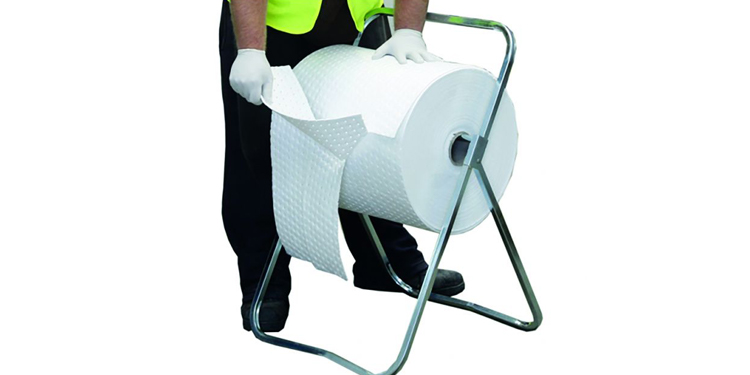
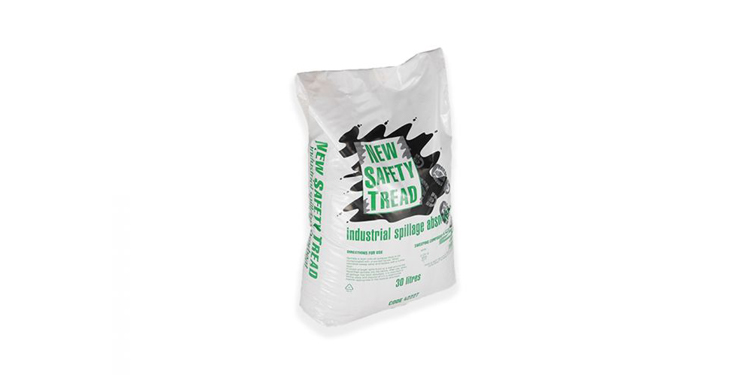
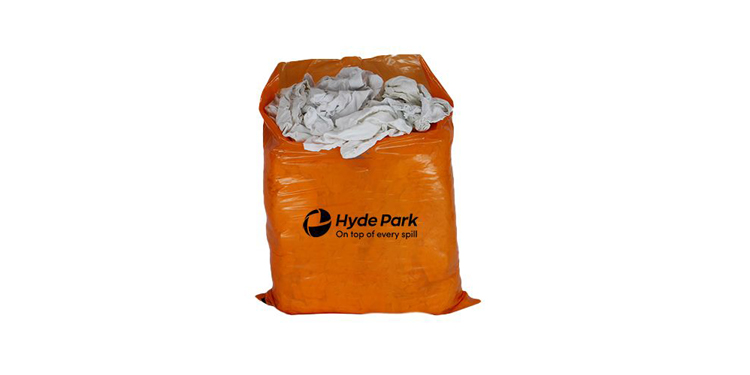

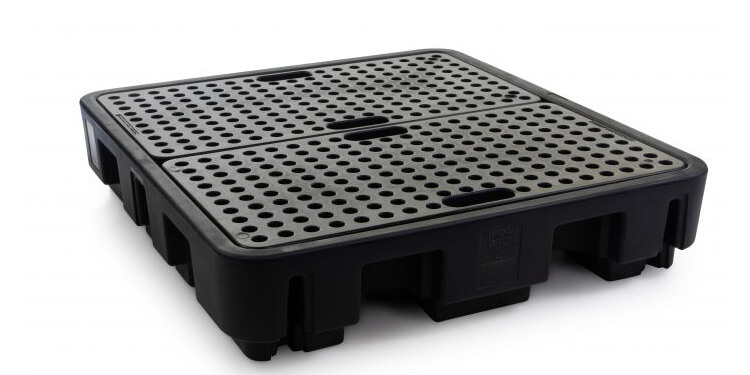
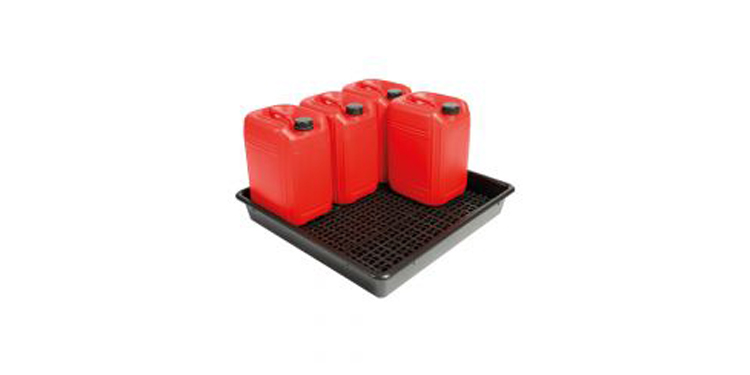
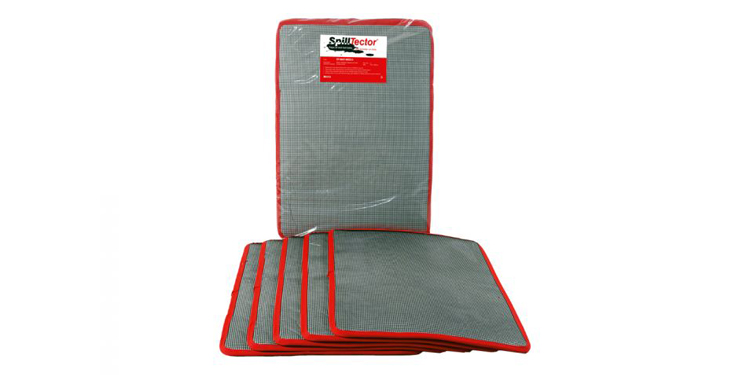

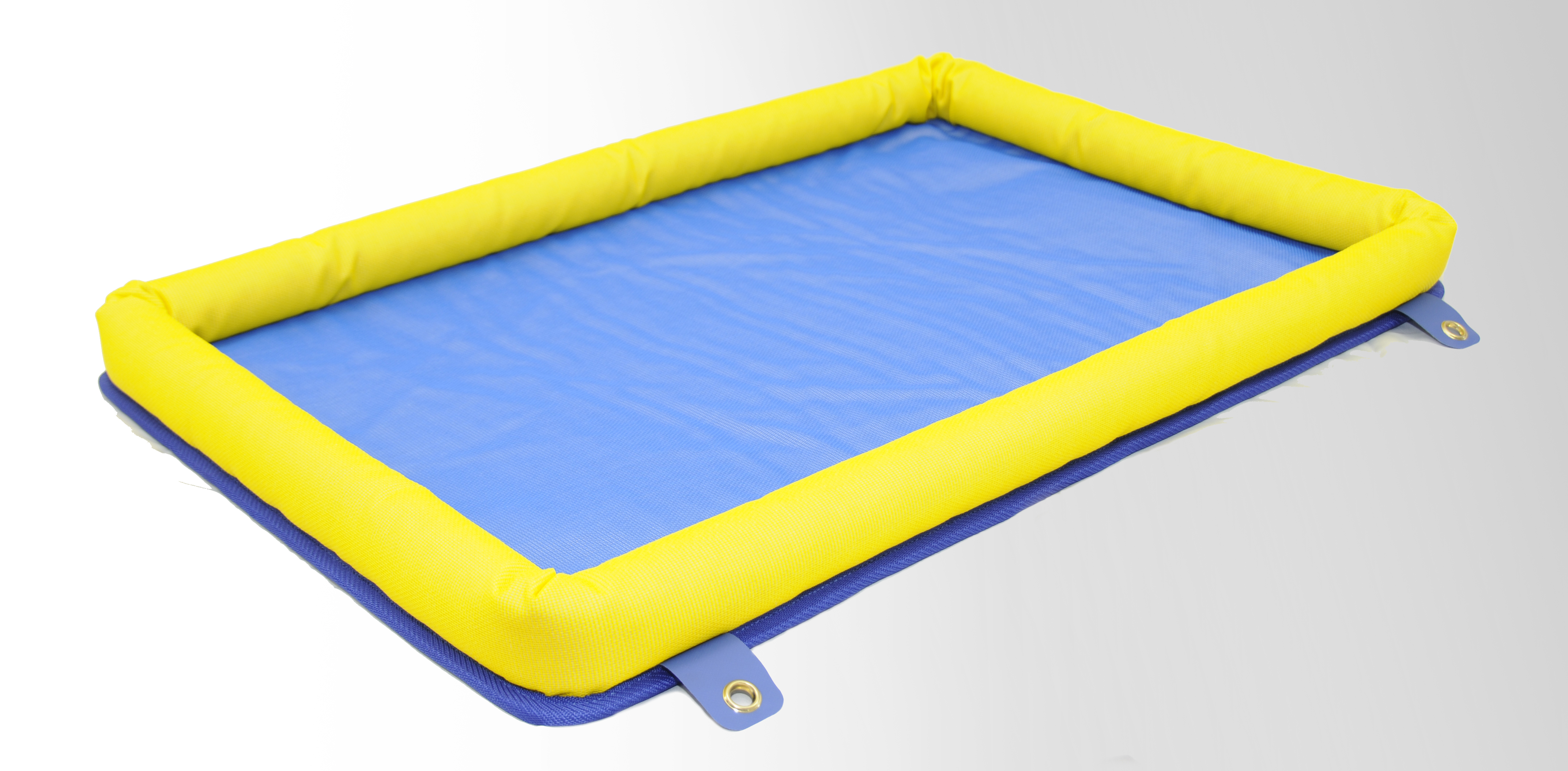


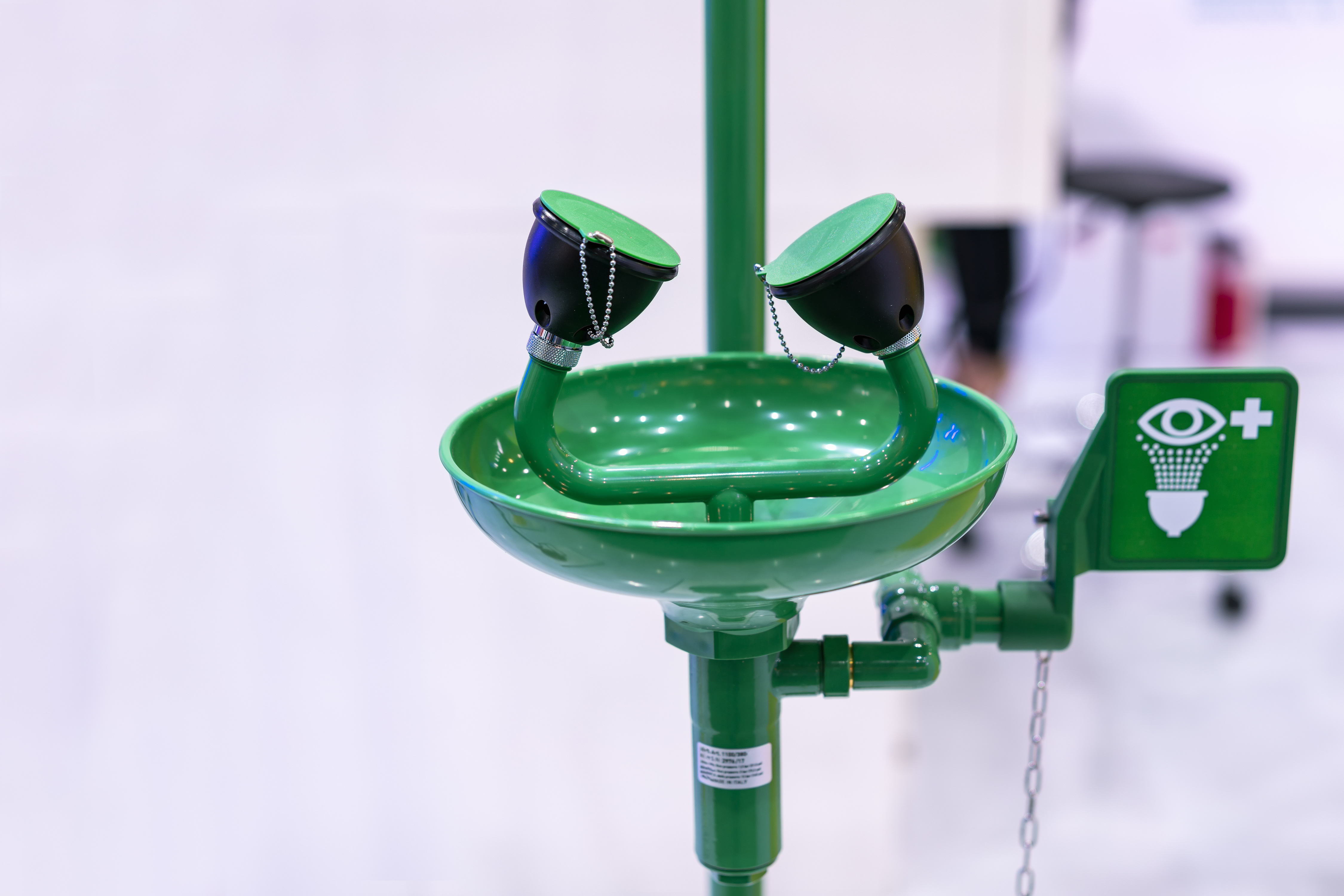
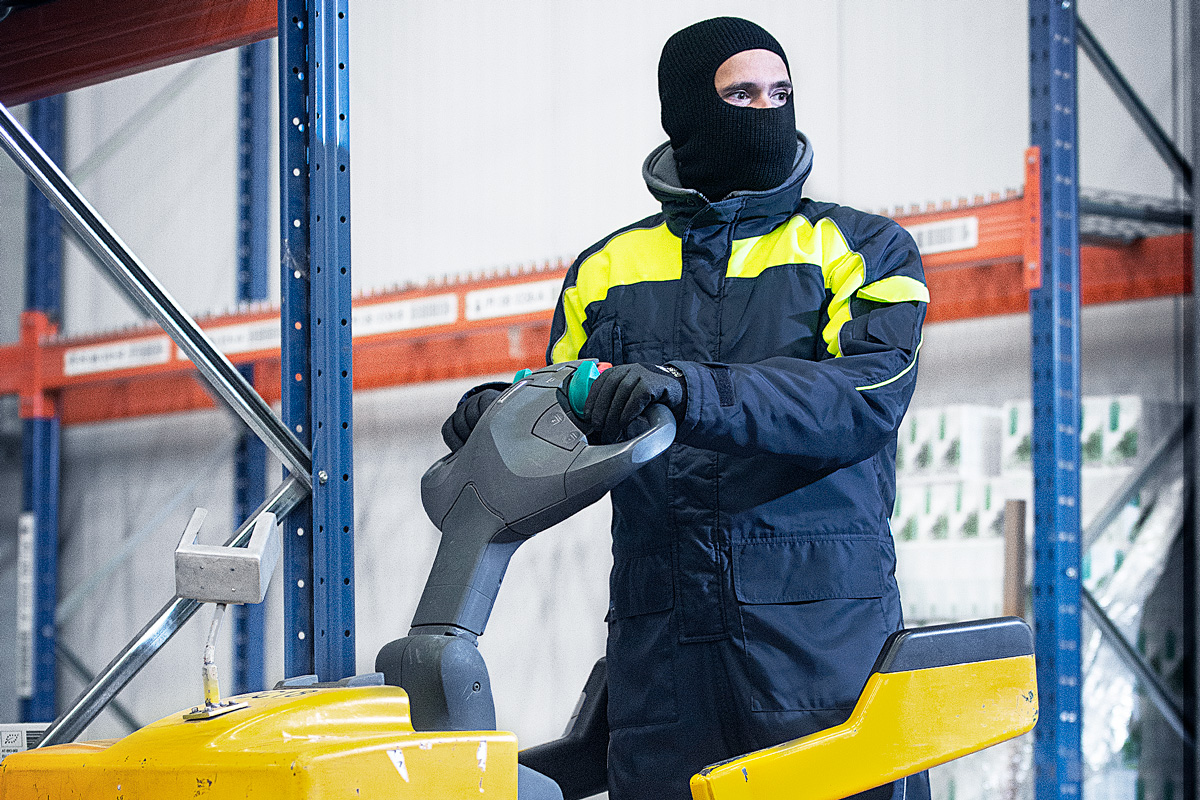

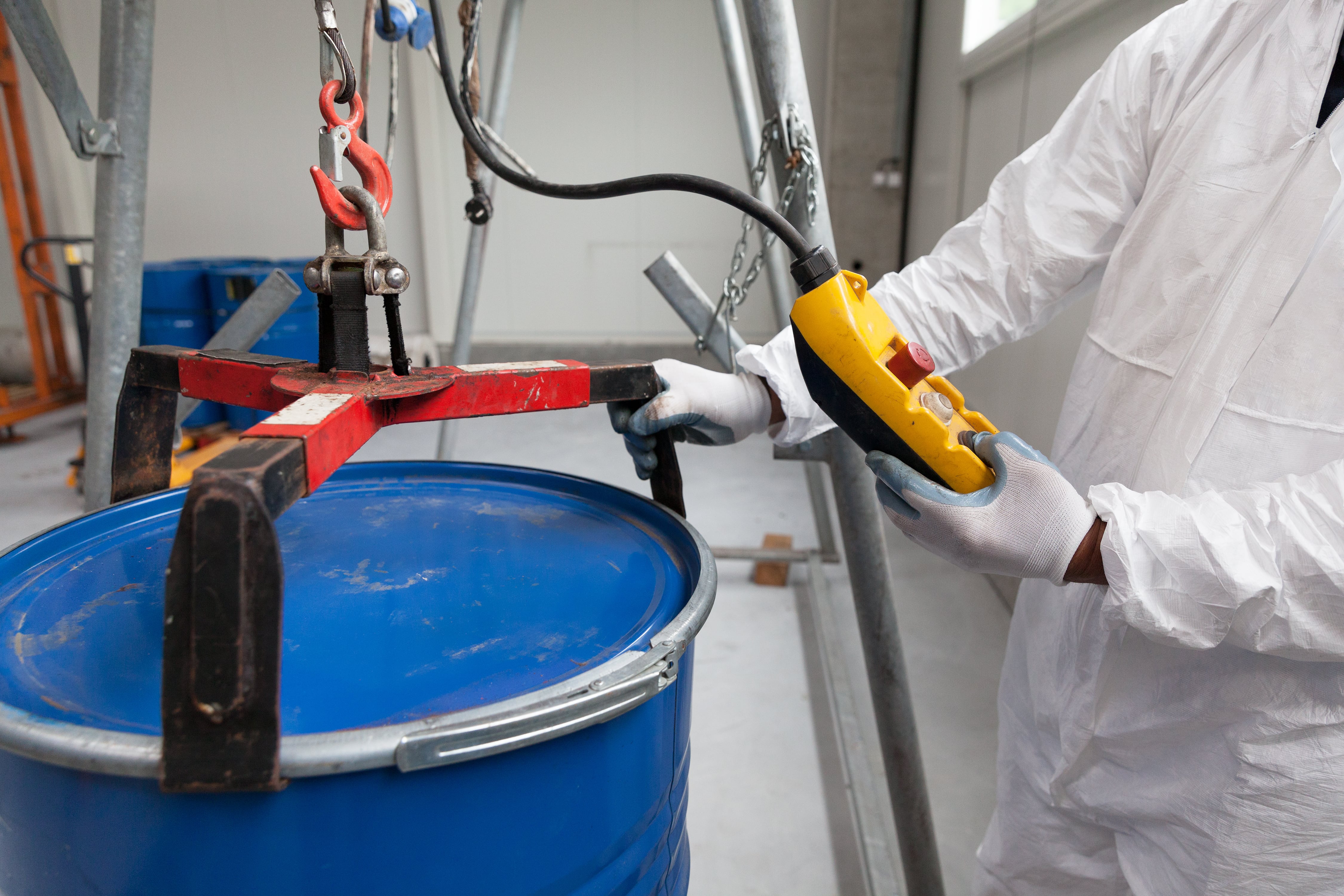
 Price Match Promise
Price Match Promise Same Day Despatch
Same Day Despatch On Site Support
On Site Support Account Managers
Account Managers